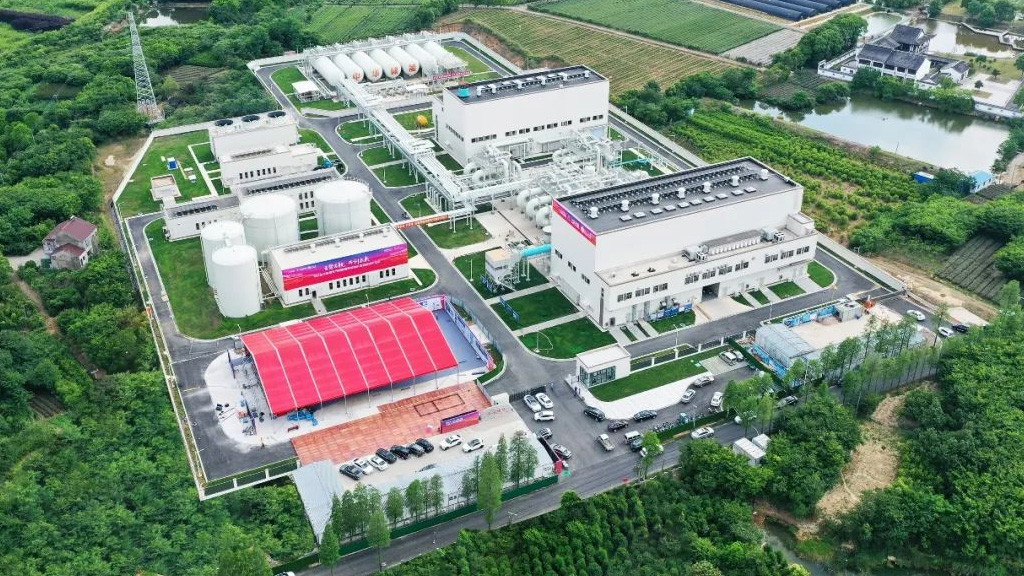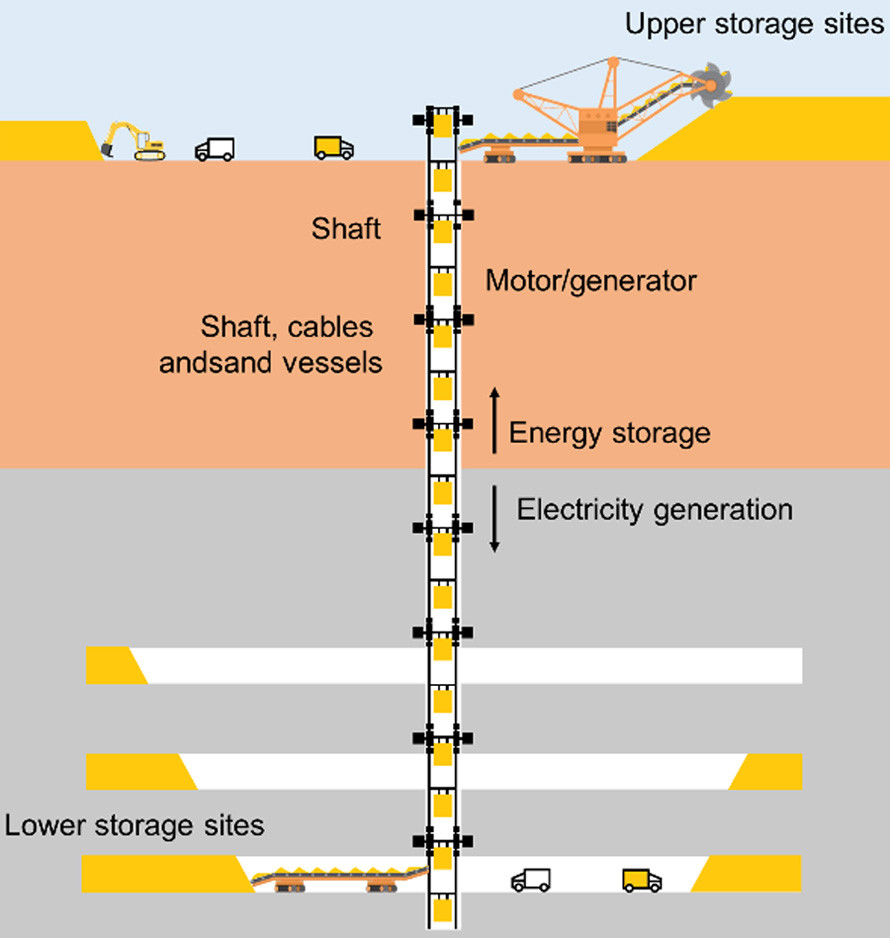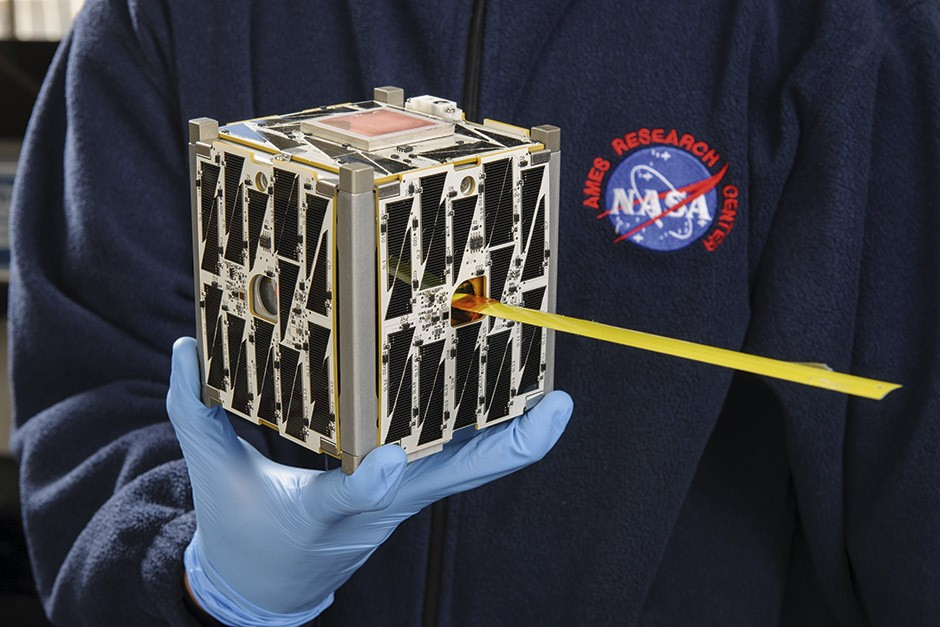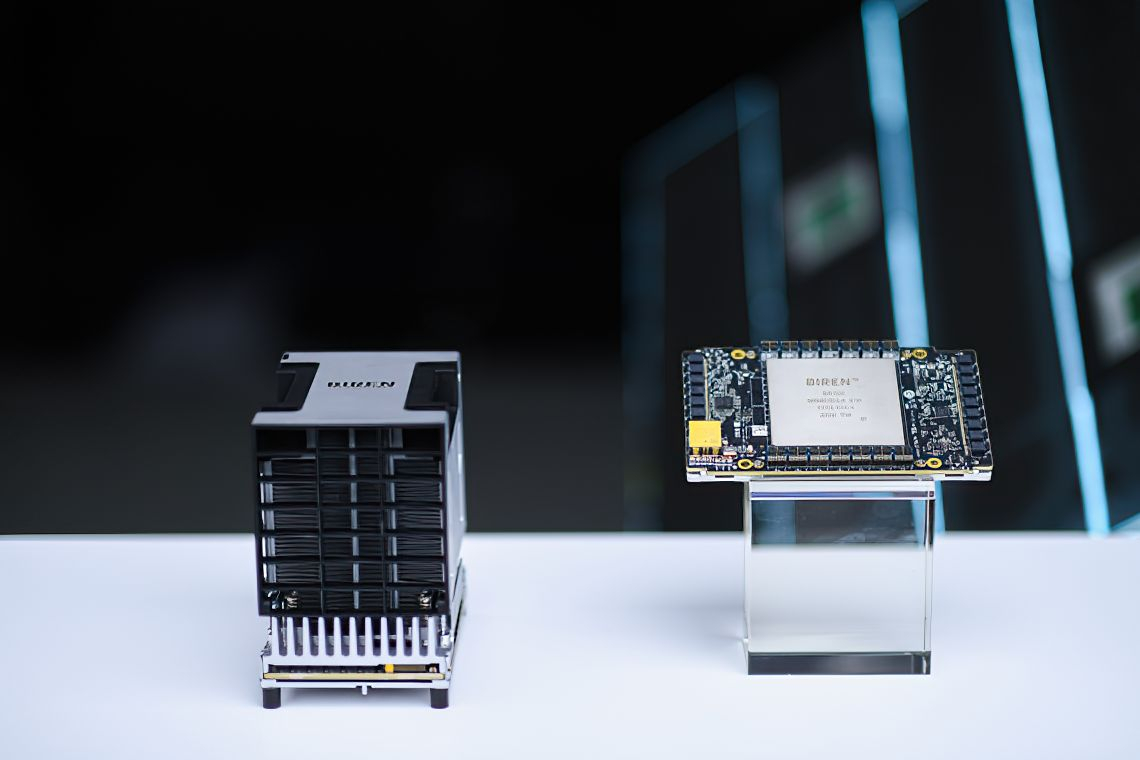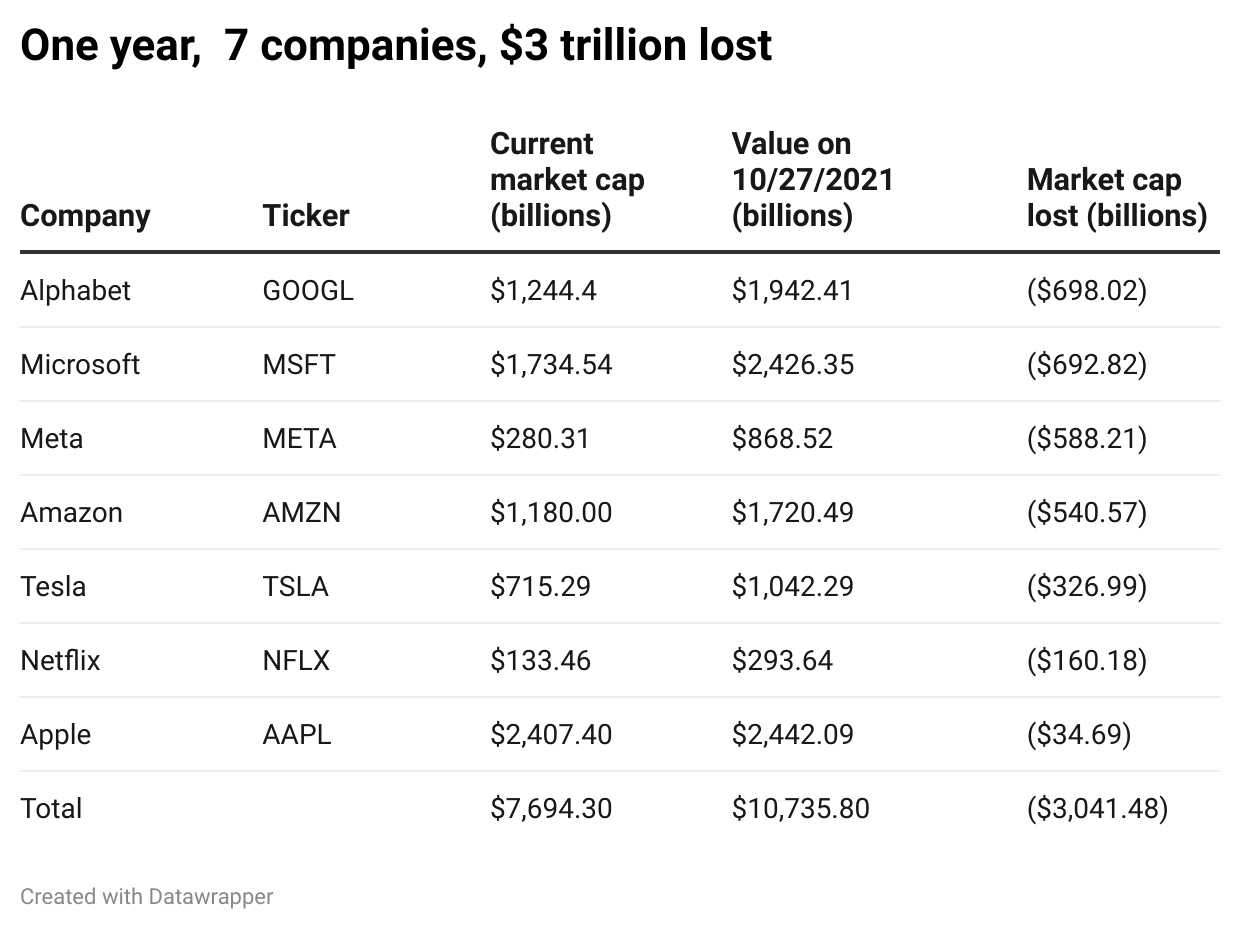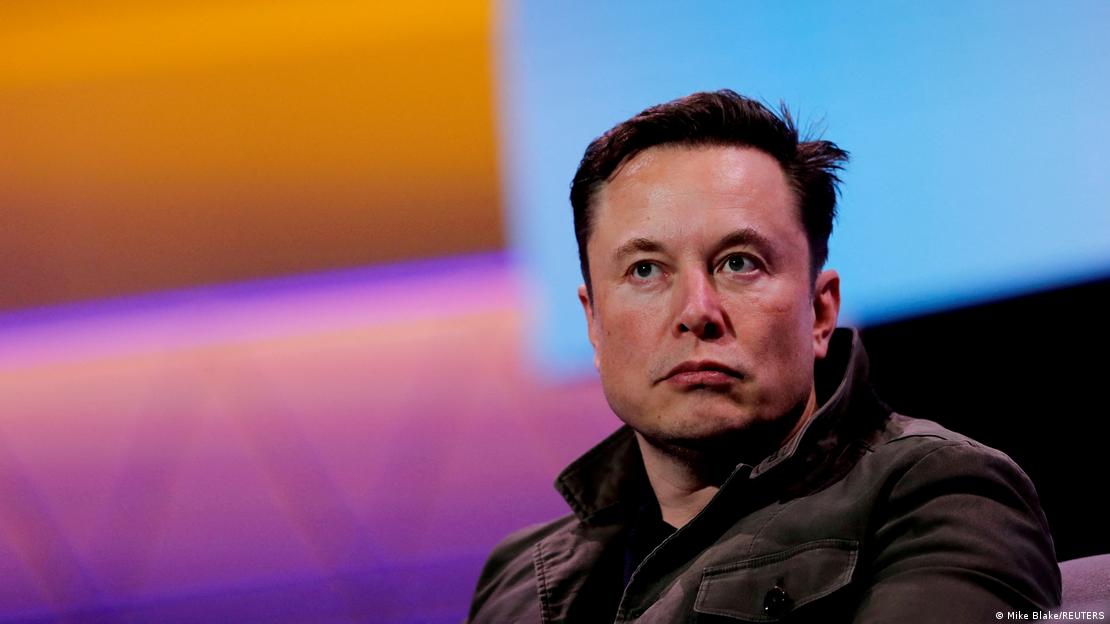
Elon Musk’s Neuralink, which wants to plant chips in people’s brains, giving us a direct connection to various devices, is under federal investigation in the United States due to possible massacres and violations of animal rights. All of this comes amid complaints from company employees that testing on pigs, sheep and monkeys is being carried out in a hurry, leading to unnecessary suffering and death.
In February 2021, the company was able to successfully implant a chip into a monkey that allows it to play video games with its mind. And in August 2020, she held the first presentation on piglets. Now we can hear signals from the pig’s brain in real time, isn’t it funny? The monkey moves the cursor! But few people know about the horrors that happen behind closed doors. Experiments reminiscent of Josef Mengele’s worst tests in 1943.But was it all justified?

All this, of course, is justified by a good purpose!Neuralink Corp’s goal is to develop a special brain implant that the company hopes can help paralyzed people walk again and cure other neurological conditions.But the FBI and the US Department of Agriculture have been seriously investigating the activities of the organization for six months. According to them, the way researchers treat their test subjects during tests violates the Animal Welfare Act.
Reporters from Reuters, CNN and other outlets obtained Neuralink’s internal documents and conducted interviews with more than 20 current and former employees. According to them, the number of failed tests is off scale, and they are often repeated over and over again, even if the previous experience was a failure. And Elon Musk urges them to experiment faster, which causes even more errors in the process.
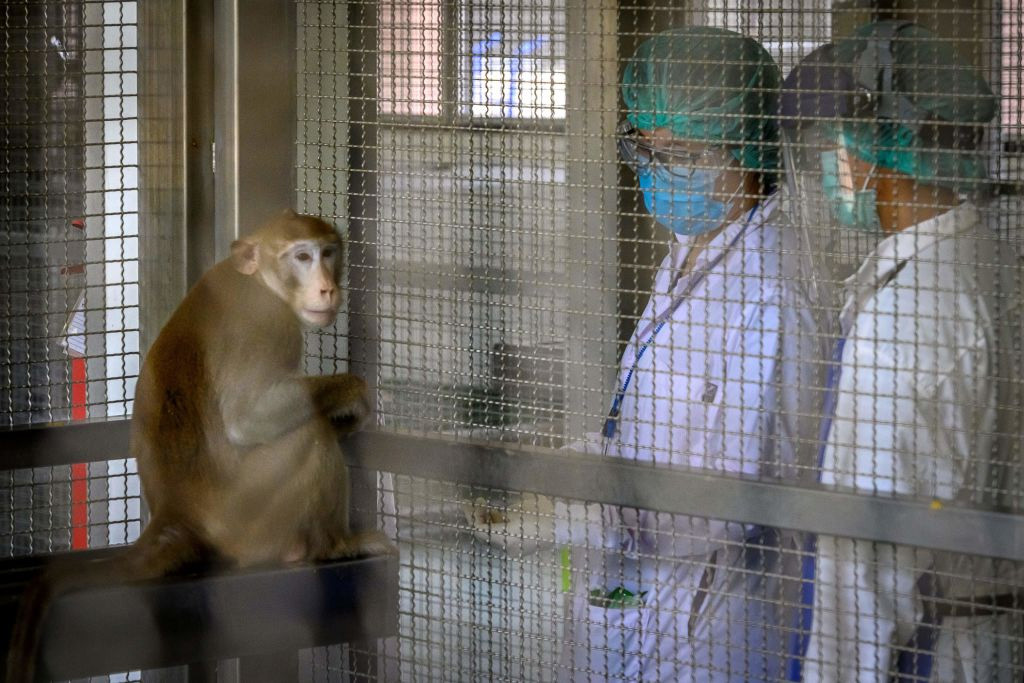
When it became known in February that 15 of the 23 monkeys that had chips and electrodes in their brains died themselves or were sent for euthanasia, it caused quite a scandal. Various animal welfare groups have filed a series of lawsuits against Neuralink, which Musk’s lawyers are now fighting off.
But now it turns out that the company has already killed more than 1,500 animals. Including about 280 sheep, pigs and monkeys since 2018, as well as more than a thousand rats and mice. Reuters sources said the figure is rough and could be “many times higher” because the company does not keep accurate records of the number of animals tested and slaughtered.
In fact, almost every creature that had a Neuralink inserted ended up being euthanized. True, such a high number of deaths does not necessarily indicate that the company is violating the rules or standard research practice. Animal protection laws do not specify a specific number – how many living creatures can be killed to achieve an effect. What’s more, scientists are even allowed to kill animals themselves when they’re done with experiments, because it’s often necessary to properly investigate them posthumously.
But the law prohibits the “senseless” and “unjustified” death of living beings. And current and former employees of Neuralink say that the number of euthanasia they have is many times higher than it could be. Mostly because of Elon Musk’s demands to speed up research.
Strong contender

At least four Neuralink tests involving 86 pigs and two monkeys have been tainted by human error in the past year. These errors reduced the research value of the experiments—in fact, rendered them useless. Therefore, repeated tests were required, which led to the death of even more animals. The reasons are different – an unfinished device, insufficient training of medical staff, fatigue, stress. One small mistake and the animal is finished. In general, all this is familiar to IT specialists: this is the notorious crunch. Neuralink employees work as if they have a project handover in a couple of days, and they have just decided on a framework.
Musk’s impatience with the tests grew because the company, launched in 2016, repeatedly missed the deadlines set and announced by him with hype. At the same time, Neuralink’s competitors have been more successful. For example, Synchron, which was founded in the same 2016. They make the implant with slightly less ambitious goals – solely to alleviate the suffering of people (so it will not work with the brain to play ping-pong with it). But back in 2021, he received approval to start human trials.

The Synchron device is supposed to allow paralyzed people to text and type, as well as move mechanical arms and legs. The company also conducted animal testing, and according to their internal data unearthed by journalists, only about 80 sheep were killed as part of these studies. Things got to the point that Elon Musk himself turned to Synchron this summer about potential investments in their projects.
What happened to their deal is not clear. But a week ago it became known that the funds of Bill Gates and Jeff Bezos invested in Synchron. They gave the company $75 million — for comparison, Elon Musk alone invested $100 million in Neuralink through 2019. Synchron has 60 employees, Neuralink has more than 300 (and Musk wants 10,000). At the same time, sheep and pigs are dying at Neuralink, and Synchron has already begun testing its brain implant on humans. Her device is in two patients in the States who are now undergoing recovery under the supervision of doctors.
Such successes of the main competitor are pushing Musk to hurry even more.
Meanwhile, Neuralink is already planning to start its human trials with might and main. They haven’t been patient for a long time. In 2019, Musk promised that this would happen by the end of that year. In 2020 – which is no later than 2021. In December 2021, he announced that such experiments would begin in 2022. Well, in order not to break the tradition, a couple of weeks ago, at the same big YouTube event, the company again announced that everything it will happen in 2023. Like, now they are already exactly 6 months from the first human trials, and everything is ready for this. Their goal is to have the first person with Neuralink in their brain by the end of summer 2023, and they will work even faster to get there!
References:
1.https://www.youtube.com/watch?v=rsCul1sp4hQ
2.https://edition.cnn.com/2022/02/17/business/elon-musk-neuralink-animal-cruelty-intl-scli/index.html
3.https://www.reuters.com/technology/musks-neuralink-faces-federal-probe-employee-backlash-over-animal-tests-2022-12-05/
4.https://www.pcrm.org/news/news-releases/physicians-group-files-state-lawsuit-and-federal-complaint-against-uc-davis
5.https://www.businessinsider.com/neuralink-elon-musk-microchips-brains-ai-2021-2?IR=T#an-animal-rights-group-filed-a-complaint-against-neuralink-in-february-2022-over-the-treatment-of-the-monkeys-used-in-its-research-7
6.https://www.bloomberg.com/news/articles/2022-01-20/elon-musk-s-brain-implant-company-is-inching-toward-human-trials


